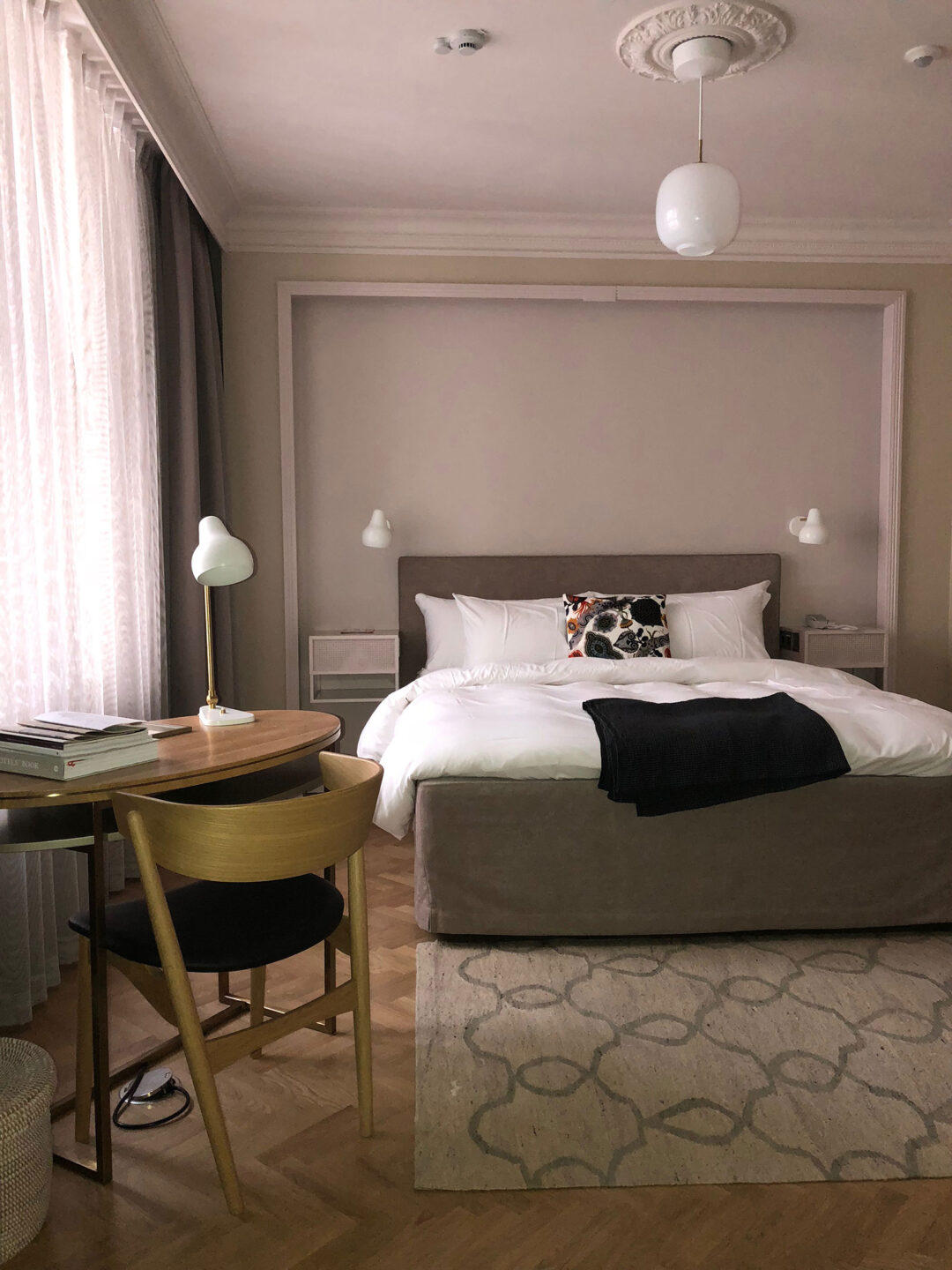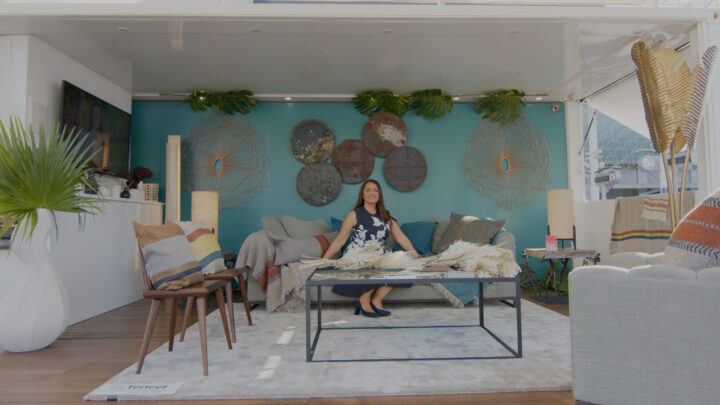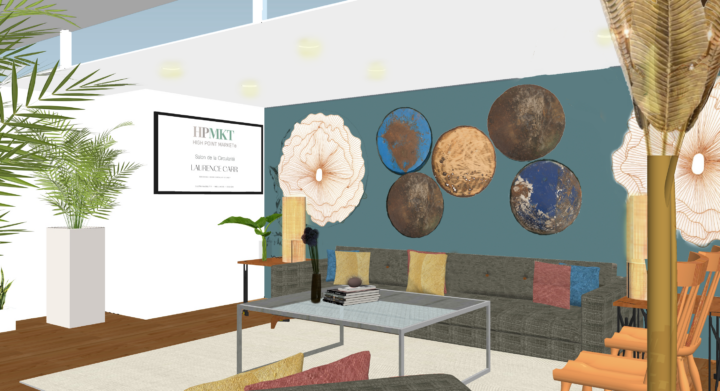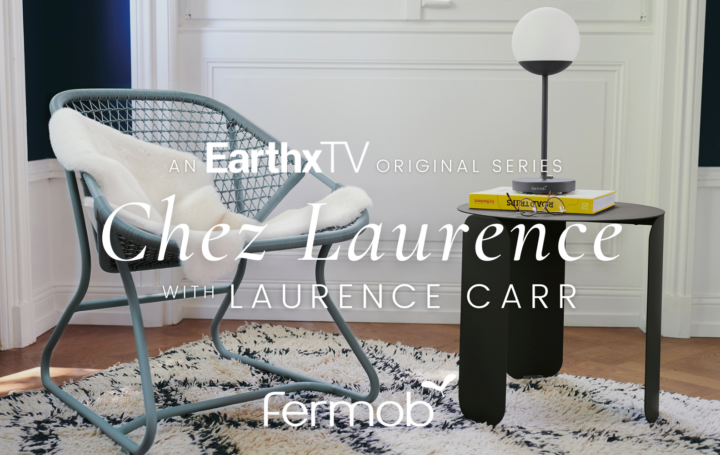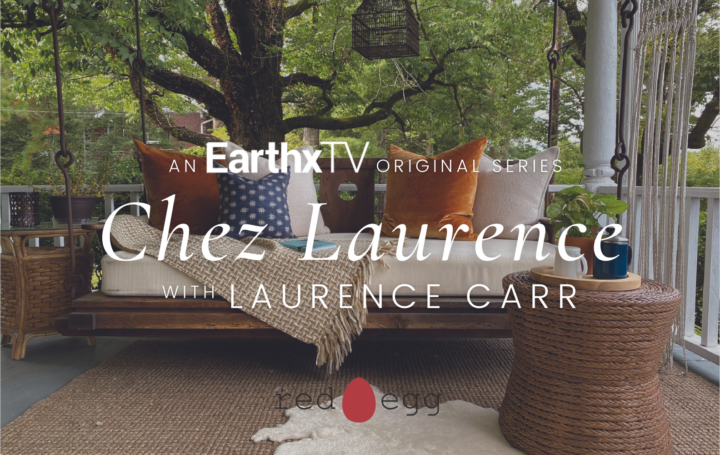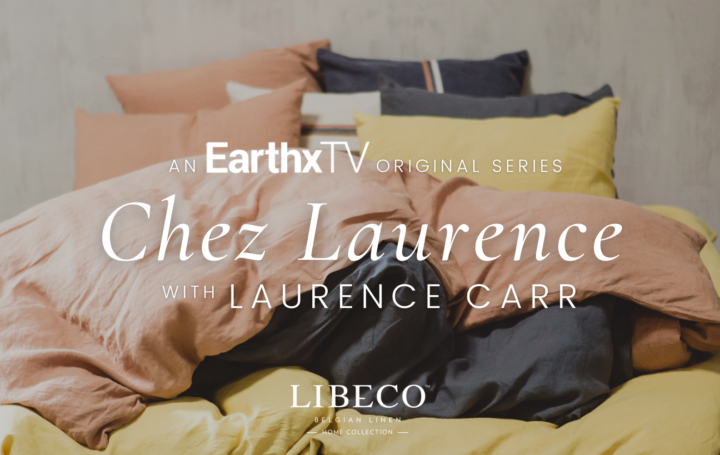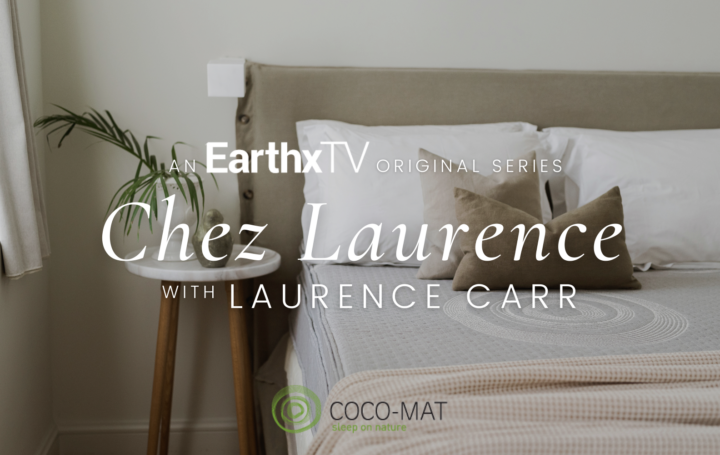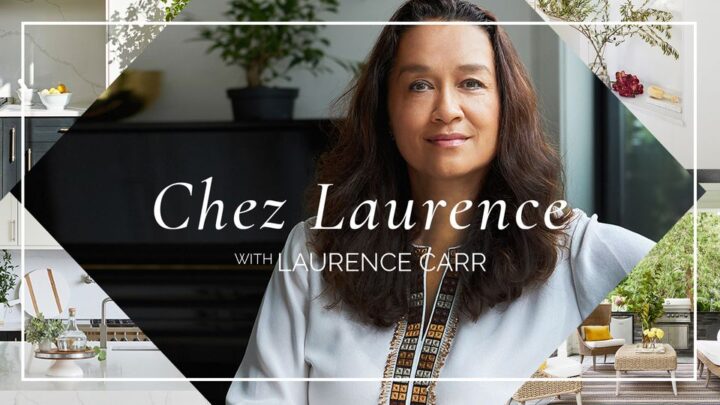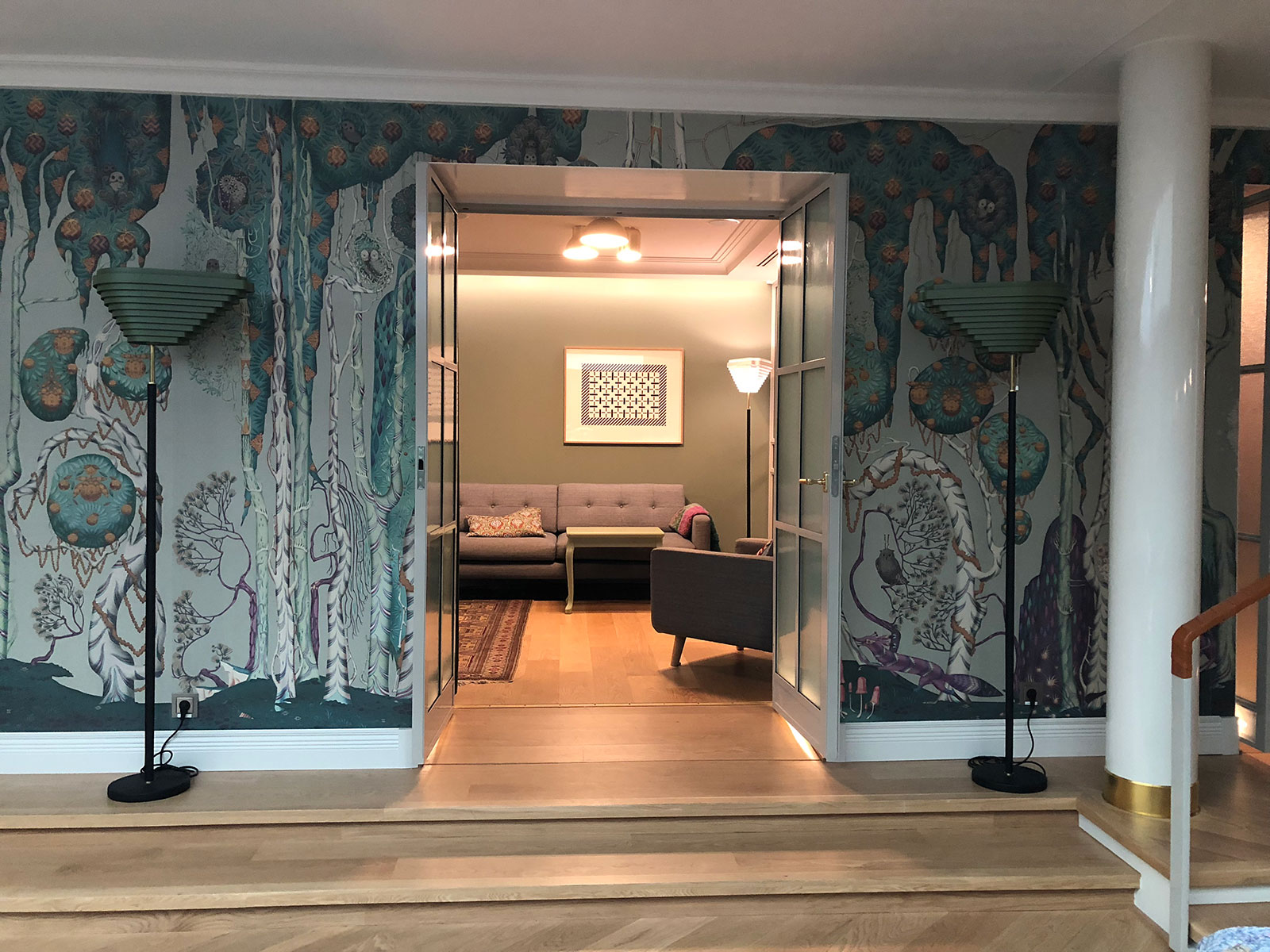
Last week after my invigorating visit to SuperShe Island, I was able to make the trip to Helsinki Design Week to experience what the design space looks like in Finland. This cluster of 200 events includes those targeted specifically to professional designers and those open to the general public. It is a festival growing in popularity, with nearly 200k visitors in 2017. The heart of Helsinki Design Week is to give new faces in the design world a platform, allowing them to showcase their work while promoting a dialogue between Helsinki’s citizens about the city’s development and advancements in its rich culture.
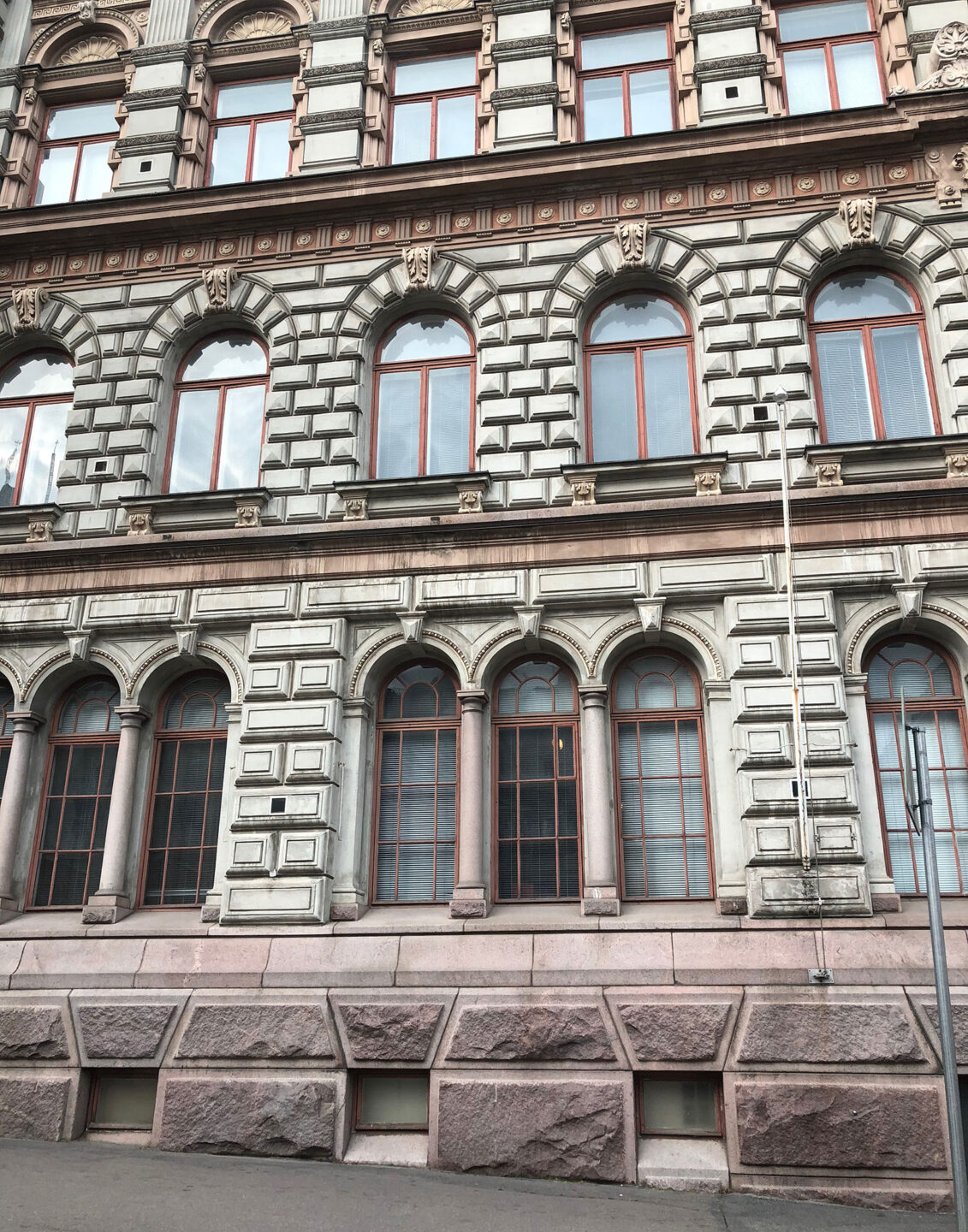
In 2012, Helsinki was named World Design Capital by the World Design Organization. The capital City of Finland is home to many architectural masterpieces, one of them the Finlandia Hall overlooking Töölönlahti Bay, a marble concert space created by Alvar Aalto. The Nordic capital has given rise to notable projects like the Kamppi Chapel of Silence, Kulttuurisauna, and the Design Driven City initiative, while aiming to further become a home base for its design industry and remain an international design center.
Helsinki boosts great museums, top notch designer shops and terrific restaurants. In addition, beautiful waterways give way to cobblestone streets, and striking modern architecture mingles with historical buildings, creating a space where old and new meld seamlessly, peppered with Russian, Swedish and Estonian influences.
Finnish design is marked by clean lines, use of wood and cotton details.
Although I was excited to explore the city and its best-known shops, my first stop was the Finnish Design Museum housing modern art that is anything but traditional. Then I went to an art galerie that collects incredible furniture pieces from Finnish architects and designers masters, often coined fathers of Finnish Modernism, such as Alvar Aalto and Pekka Salminen.
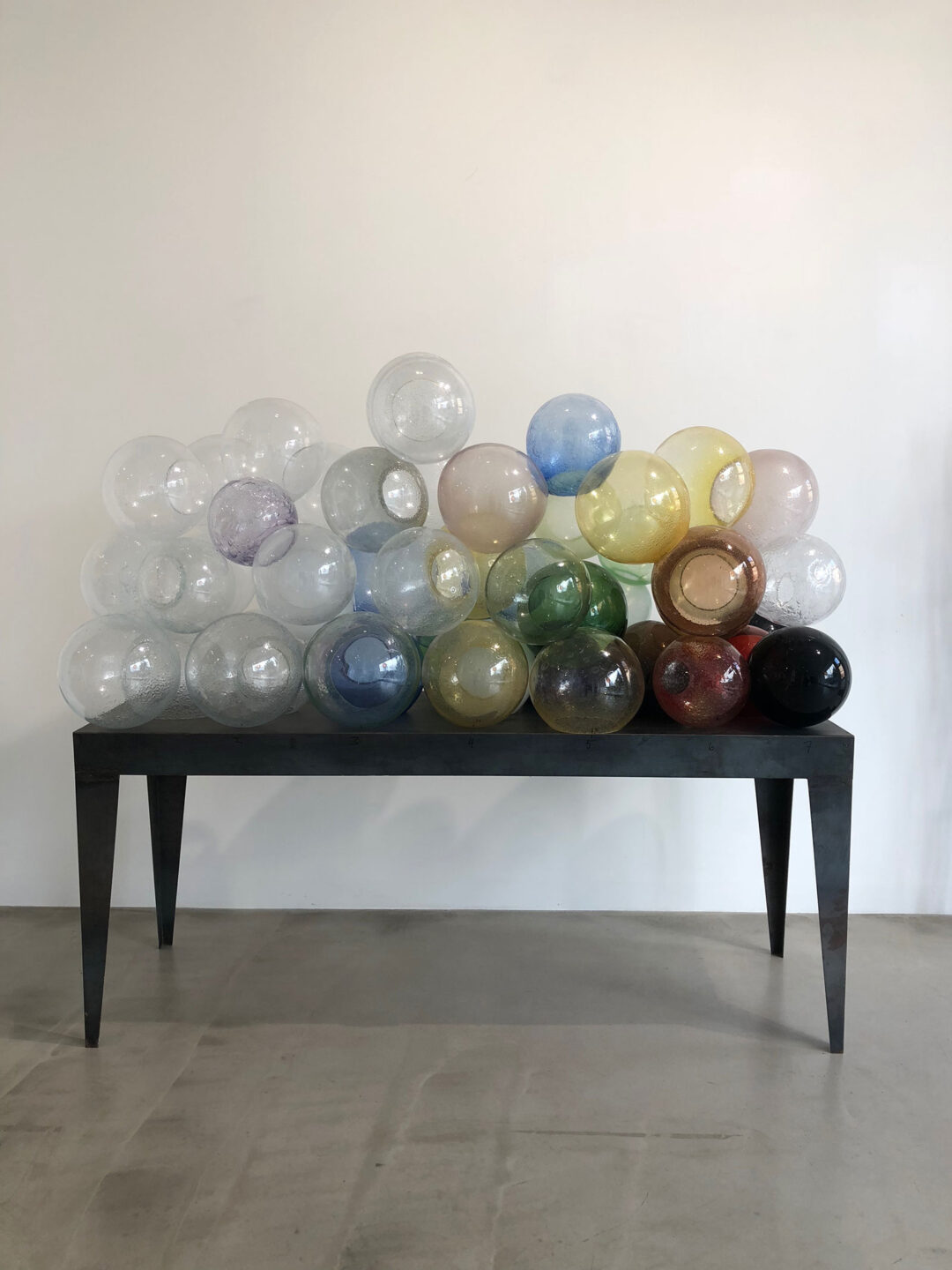
Blown glass is housed with modern art constructed from various everyday objects, each displayed with ample space to allow the viewer to take meaning from each piece.
Finnish art is surprising, as the tiniest of details, like bubbles in blown glass, brush strokes, and faint texture can completely change your interpretation of its meaning.
But when it comes to pure Finnish design, simplicity is key, and you find this in most places you visit in Helsinki. While strolling the streets, I went in and out of shops, each holding treasures I couldn’t wait to bring back to New York.

Designer Marimekko’s shop features pieces with clean lines and bright colors that mimic Finnish interior design and architecture. It seemed inspiration for Laurence Carr Design projects was everywhere I turned in the impeccably curated shop.
Cotton accessories and home accents boast symmetrical designs often mimicking naturally occurring patterns.
Each of Marimekko’s accessories holds its own charm, standing out just a strongly in an otherwise neutral room or one that is more bohemian, rife with greenery, playful textiles, and a wide range of art.
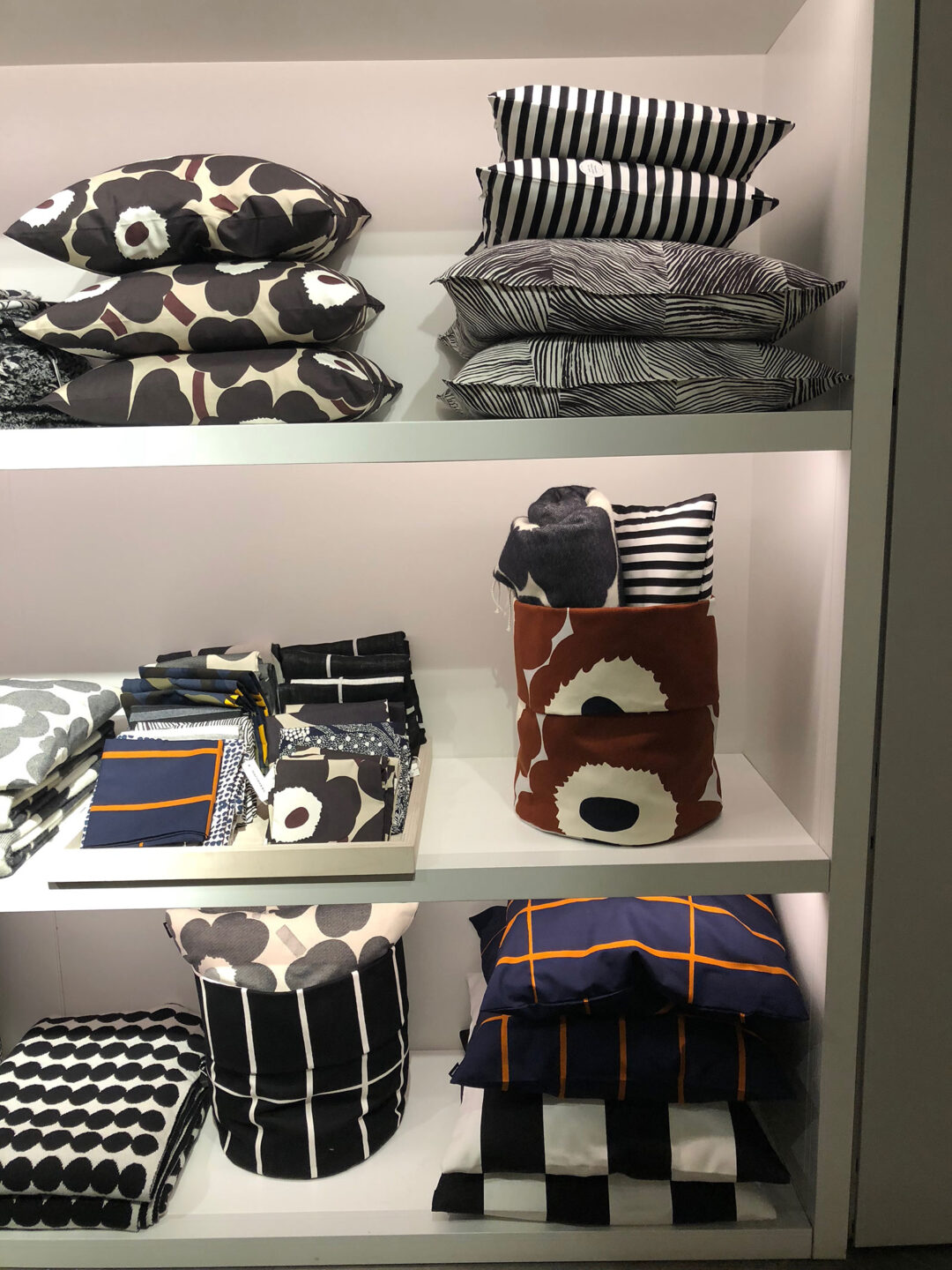
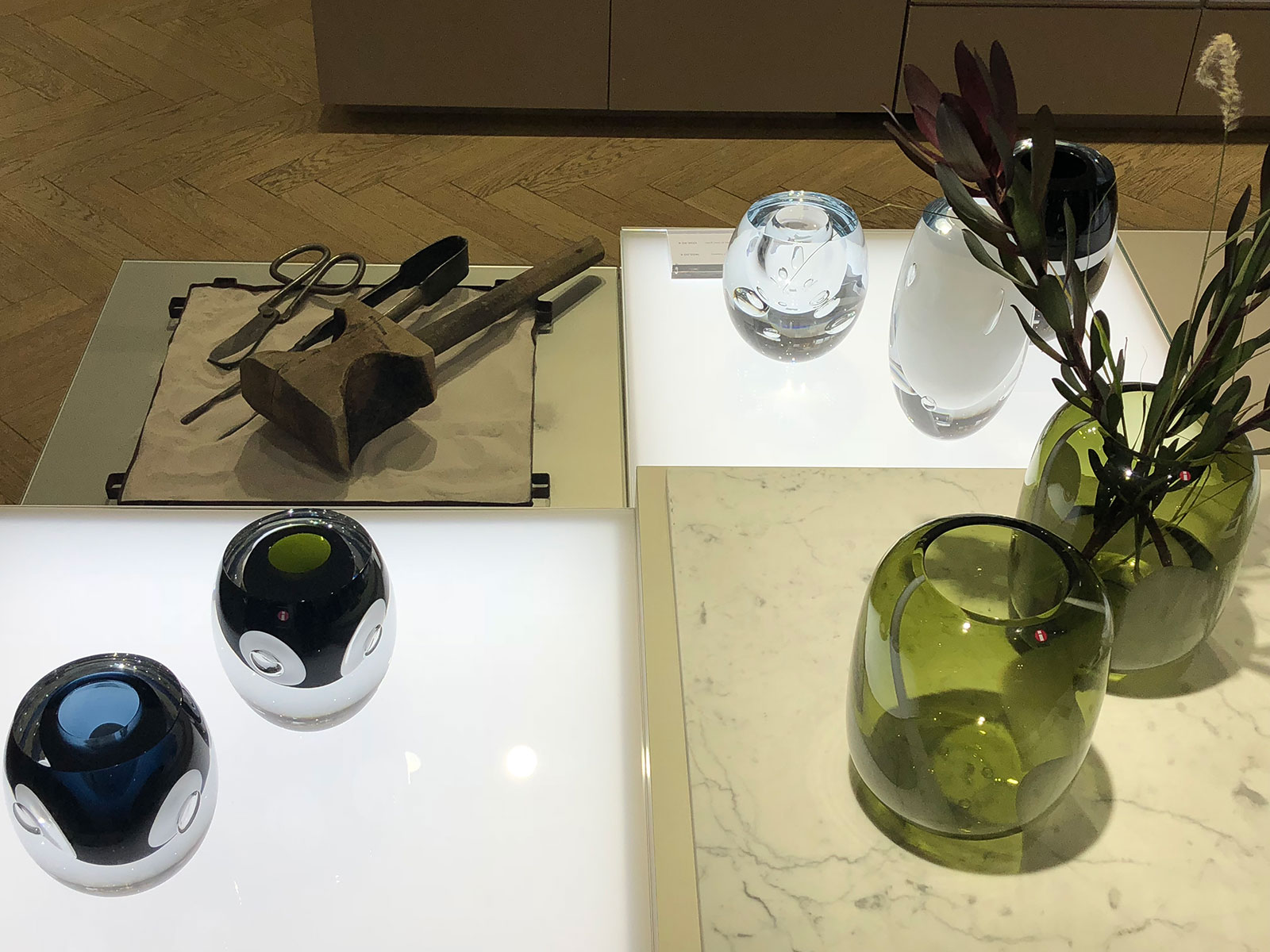
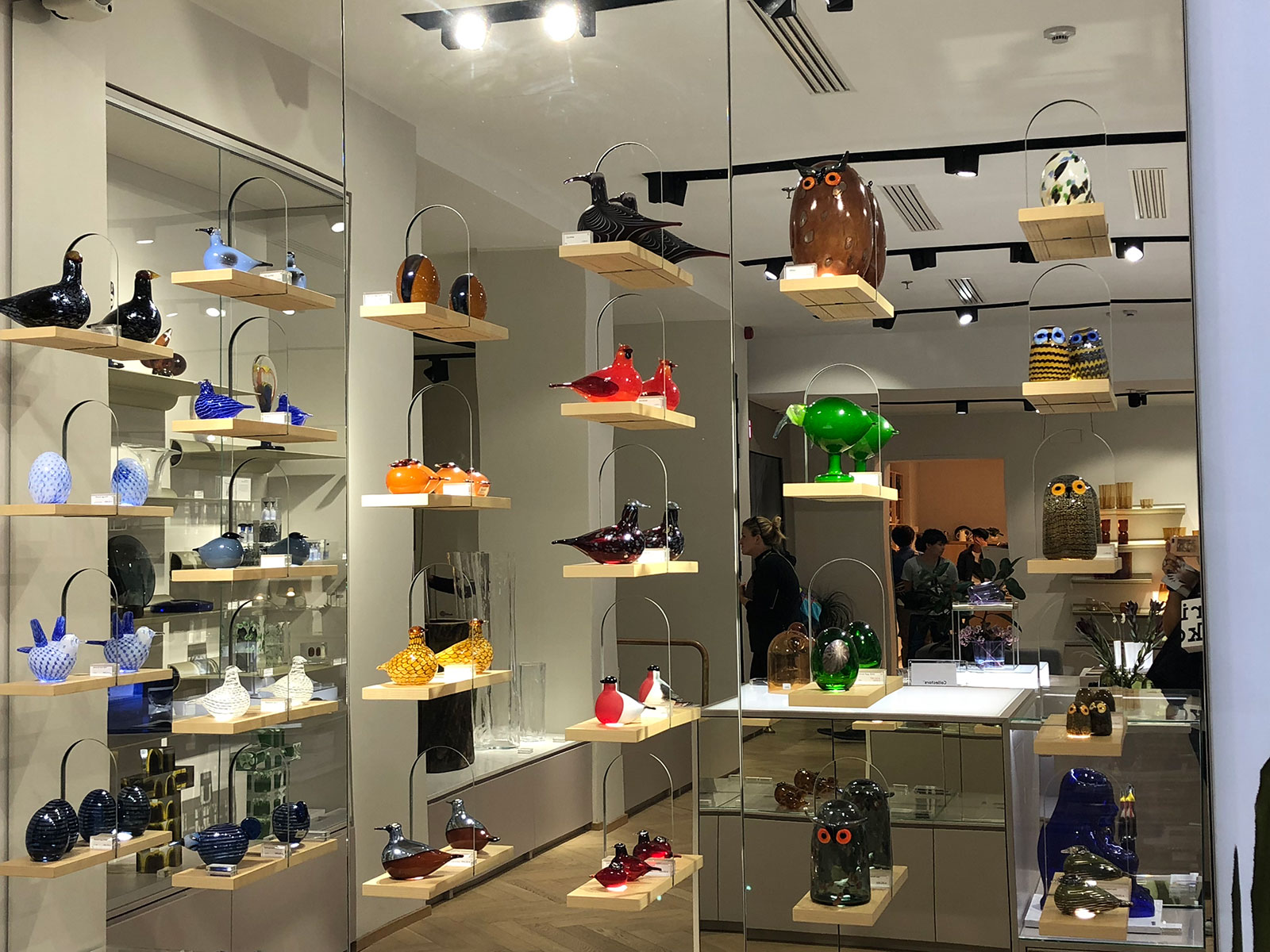
A natural home for delicate art, world-renowned designer IIttala’s space showcases their impeccable line of glass objects, blown right there on the premises—each one timeless and inspiring in its own unique way.
From refined glass dishes, candle holders, and dishes to etherial orbs, alien-looking creatures, and those manipulated to look like earthly beings, IIttala’s pieces each have the ability to act as a room’s focal point. Positioned in the store against homogenous wood, each creation pops, bringing its delicate details to the forefront.
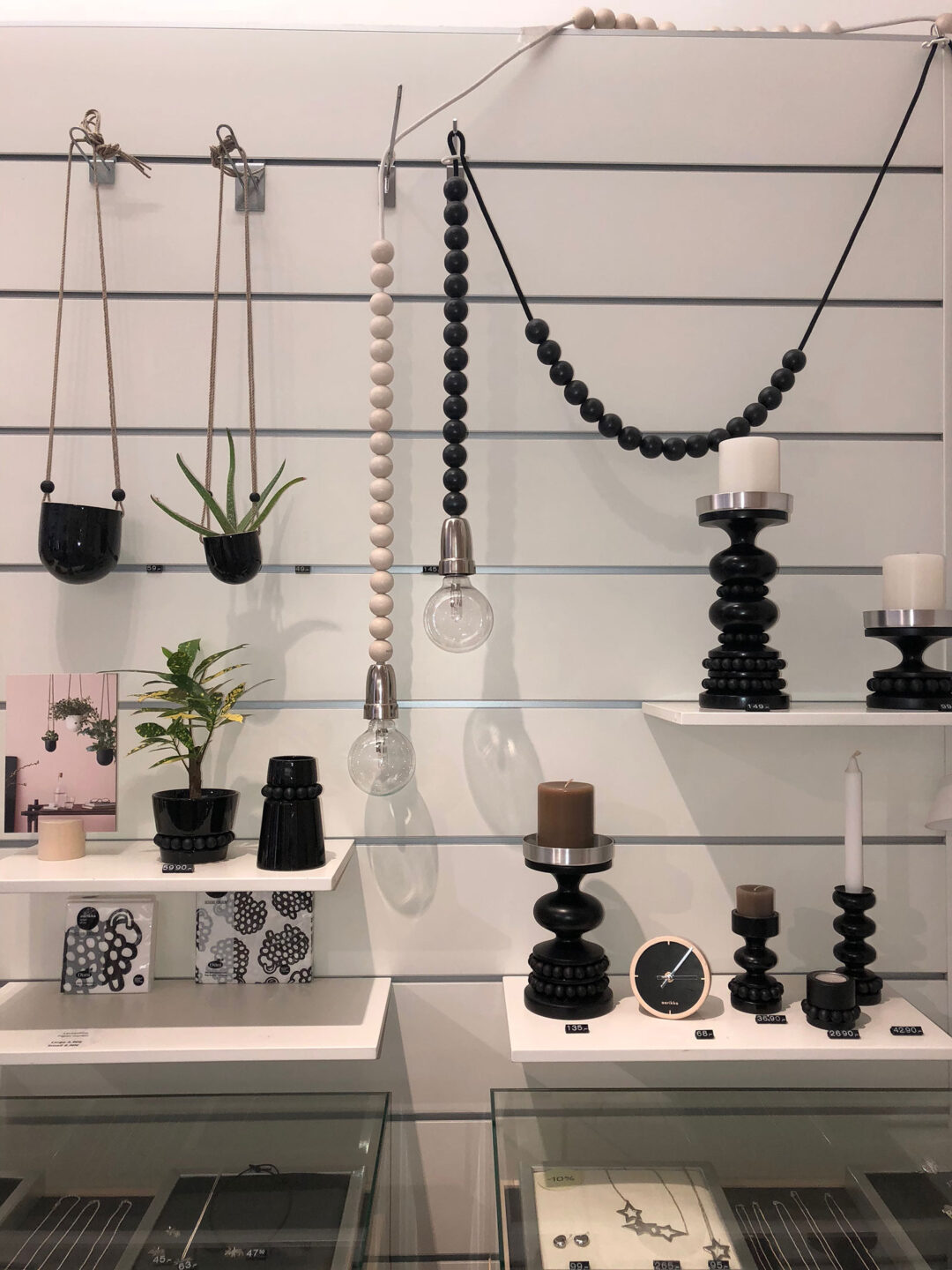
Aarikka is an innovative and original brand that caught my eye immediately. The brands take on the use of Finnish wood brings this important staple into the closet, turning this natural resource into staple jewelry items like unique necklaces, statement rings, bold earrings and more.
Additionally, Aarikka’s home accessories, many anchored by dark lacquered wood offer an effortless elegance.
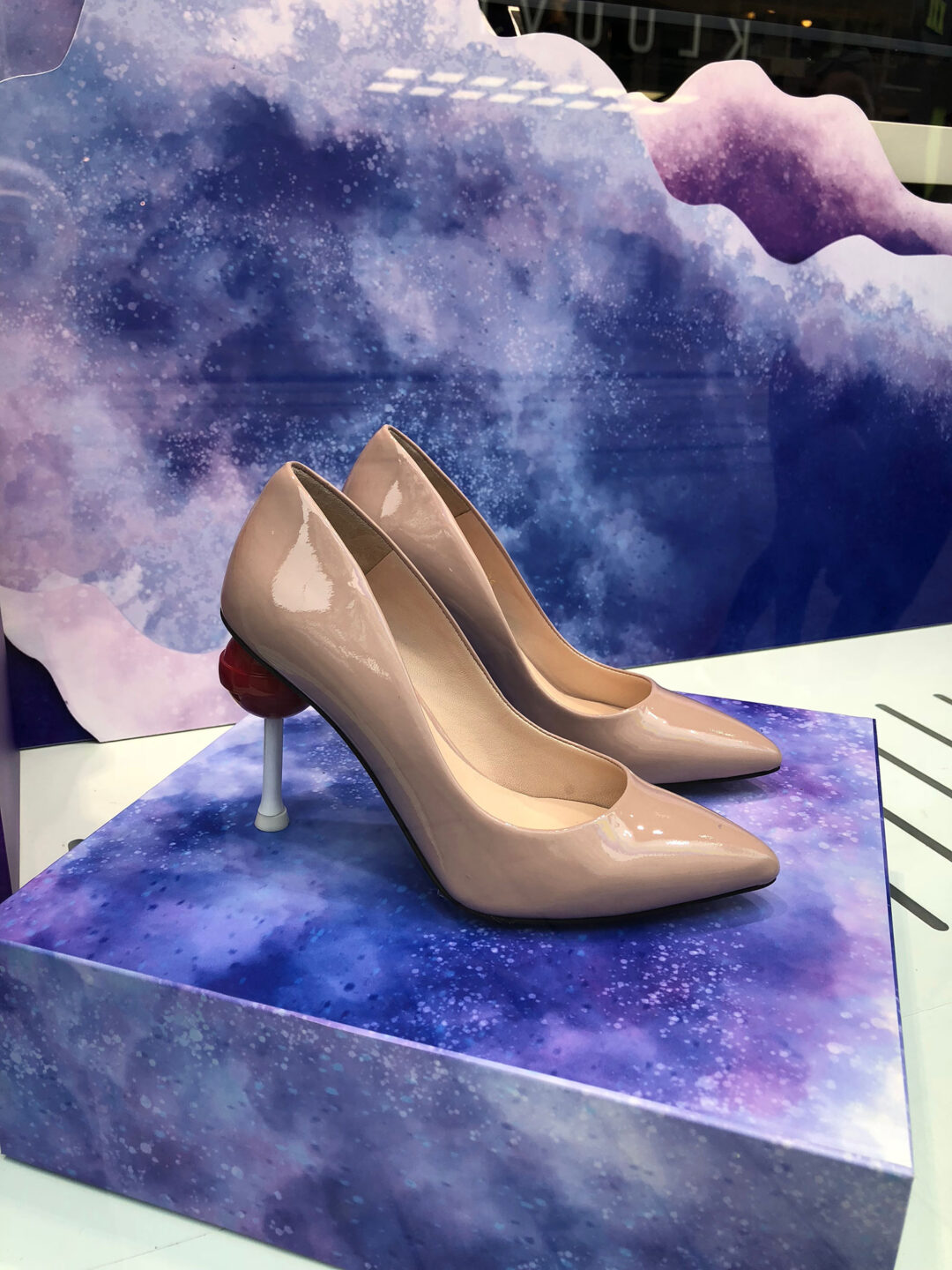
Entering renowned fashion shoe designer Minna Parikka’s flagship store is like falling into a dream.
The bright lights and telltale Finnish minimal displays allow her artful creations to shine, each more unique than the last.
Parikka’s designs epitomize a sense of fun and playfulness without crossing into a cartoonish aesthetic. Her pieces are quirky, but still maintain a sense of elegance sometimes lost when modern art and fashion collide.

Parikka’s designs push the limits, but maintain a perfect sense of which boundaries to push and which to rest on.
Her restraint is both masterful and inspiring, creating a tough-to-meet standard for fashion designers competing in the same space.
I stayed at the Hotel St. George, giving me a glimpse into a new breed of luxury hospitality centered around wellbeing.
The hotel itself bases its philosophy around catering to the traveler who places value on maintaining a sense of wellbeing in travel. In this, the hotel strives to provide equally for guests’ mind, body and soul.
Not surprisingly, I felt immediately relaxed yet inspired existing in a place that aligns so closely with Laurence Carr Design’s ethos.
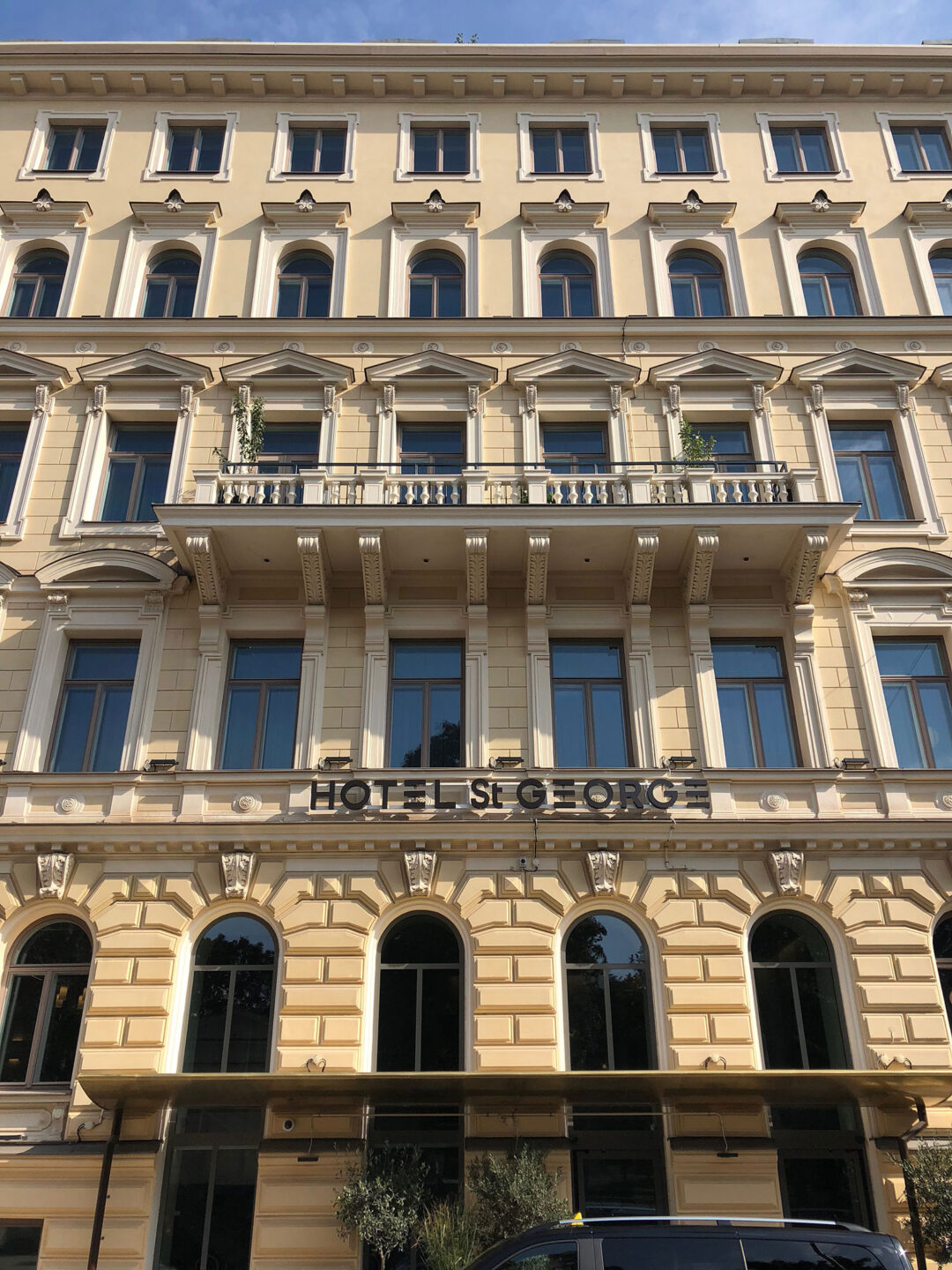
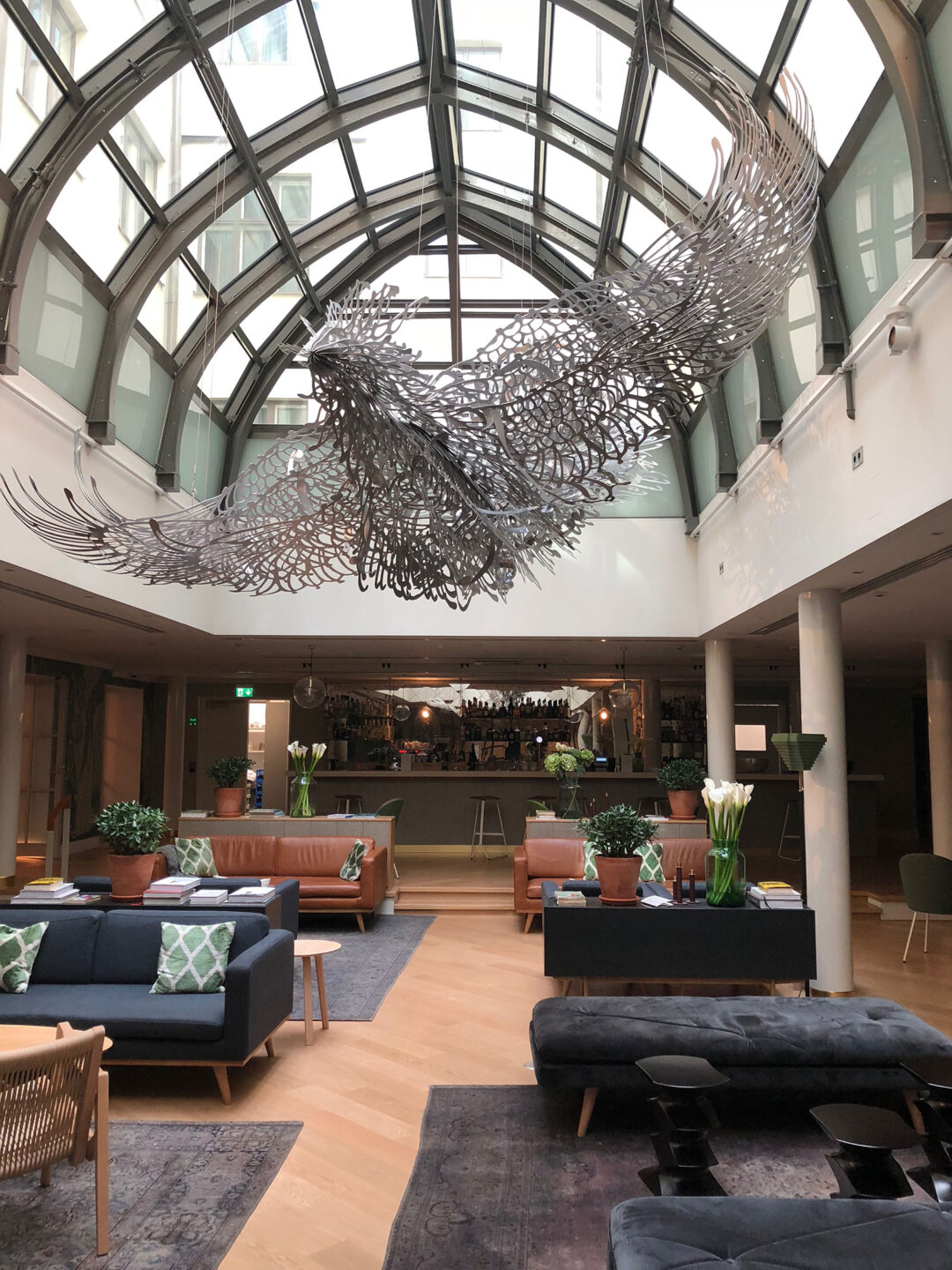
A blend of architecture that holds a rich cultural history with modern Scandinavian minimalist interior design and decor create an overall other-worldly, spa-like feeling in the structure itself.
Additionally, a hub of local art, the hotel takes on qualities of a high-end gallery.
At the room level, sprawling windows flood the space with light and maximize views of the breathtaking cityscape. Soft colors and dreamy details like gauzy curtains and soft cotton throws add a sense of wellbeing typically found in the residential space .
Integrated state of the art technology includes sleep monitoring, allowing me to see how deeply I was able to rest in such a welcoming, curative space (very well, thank you!).
The St. George’s design is in thanks to Carola Rytsola, the interior designer who I applaud for her ability to mix classic and modern style with furniture and accessories sitting against a historic backdrop. A design that puts such great emphasis on wellbeing and a hotel whose commitment to health and betterment is palpable should be seen as a pioneer in the space of luxury hospitality.
Finland is a place whose aesthetic confirms a universal truth: when simplicity is dressed up, it loses its charm.
When lines are covered, intersected, or ignored in the overall design, something is missed. Finnish design captures the unique elegance that exists in restraint and holds within it the magic achieved at the point where symmetry, homogeneous materials, and form intersect.
